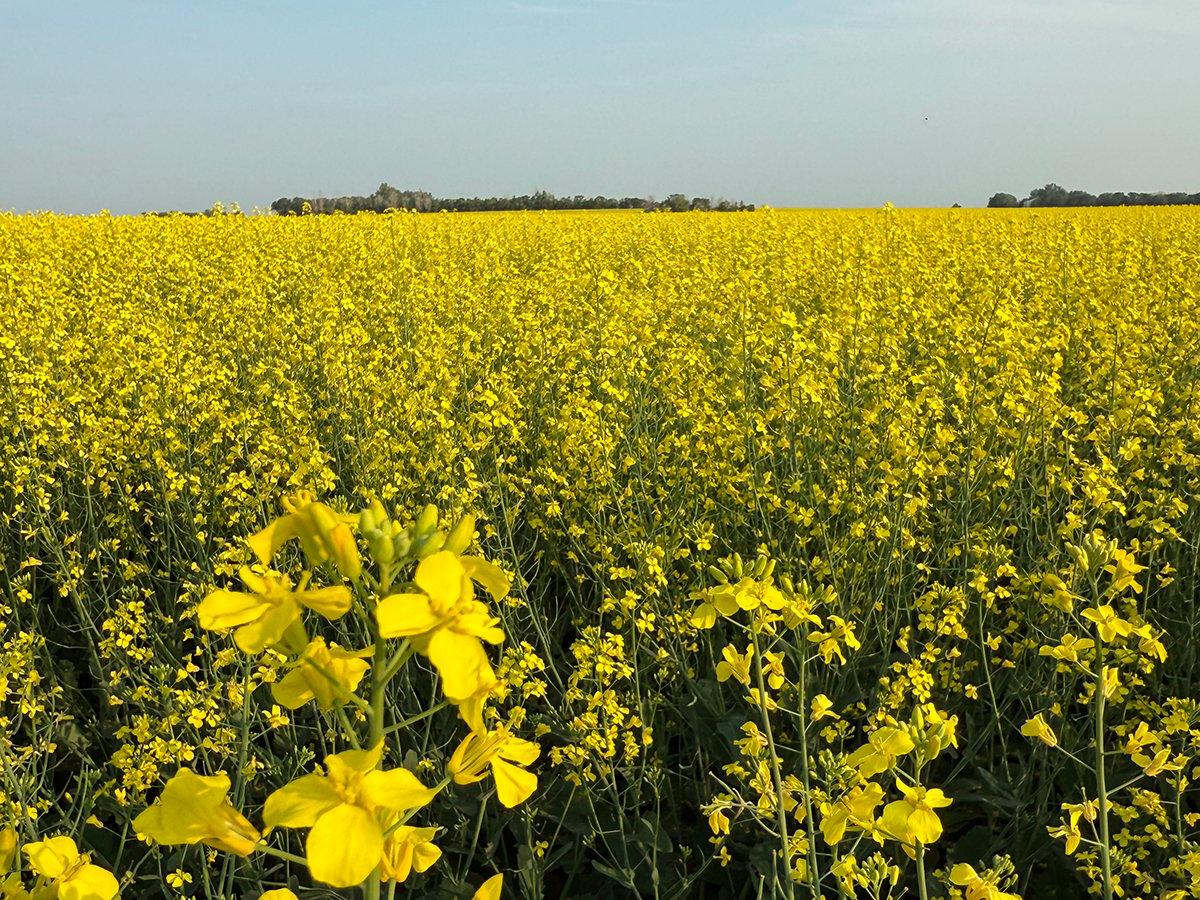SASKATOON – Pulse crop cleaning and processing is big business worldwide because in many countries, pulses are dietary staples. That means there is room for more value-added pulse operations in Western Canada, say researchers.
More than 100 pulse producers, cleaners and processors attended last week’s pulse cleaning and processing workshop at the University of Saskatchewan here.
“There is a lot of room for value-added processing in Western Canada,” said Grant Wood, of the University of Saskatchewan’s agriculture extension division.
Changes in the transportation subsidy method of payment, which will likely pay farmers directly instead of the rail companies, will cause producers to develop means of processing and packaging nearer to the source, said the speakers.
Read Also

Canola support gets mixed response
A series of canola industry support measures announced by the federal government are being met with mixed reviews.
The day-long program included explanations of drying, cleaning, sorting and grading of pulses, as well as marketing and secondary processing.
Participants heard about the principles of dehulling, splitting, polishing and grinding for the value-added marketplace, but the majority of people seemed most interested in a presentation on smaller international markets.
Bert Vandenberg, a plant breeder and pulse specialist from the University of Saskatchewan, said there are many small markets for the beans and peas of Western Canada. Vandenberg has researched a variety of pulse crops eaten around the globe.
“Dry beans have a tremendous market potential,” said Vandenberg.
He said producers and exporters must use the various market niches to their advantage. For example, he said the growing American use of chickpeas is one area that western Canadian farmers could take advantage of in the future.
Novelty and unique pulses such as the zero tannin lentil, and lentils and peas with colored cotyledons also have regional, cultural and food fashion markets open to development.
The domestic organic market is a growth area for pulses as consumers look for healthy alternatives to meat. This could foster markets for new and diverse bean varieties.
Good potential
Rick Sprague, of Sprague Foods in Bellview, Ont., buys most of his lentils from Saskatchewan producers and he said there is a lot of potential for bean and pea varieties for Canadian canners. “Forging links all the way down to the producer and the plant breeder is going to mean we get the varieties we need,” he said.
“Pulses are food products and the consumer is a very important part of the equation,” said Vandenberg.
Pulse crops can also find their way into industrial processing. Yellow peas are used to produce food fibre, while the high amylose pea creates its own natural polymer skin that can be used in creating bioplastics. German car makers are experimenting with bioplastics now.
“Niche markets contain risk and thus they also must contain some price advantages,” Vandenberg said. “Mice can move faster than elephants … the small processor can be big in these areas of the market. The most important thing is quality, quality, quality.
“We should be aiming for another six million acres of pulse crops in Canada,” said Vandenberg.
Canadian embassies can usually connect producers with foreign trade offices in other countries which can provide association lists.














